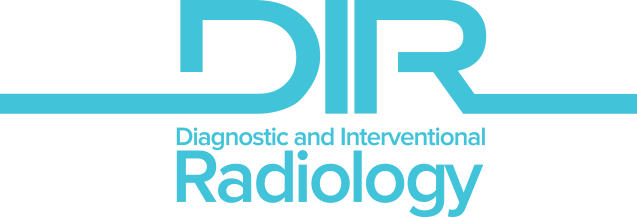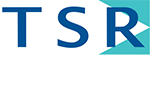ABSTRACT
PURPOSE
To present the immediate and short-term results of our first 60 endovenous laser (EVL) ablation procedures.
MATERIALS AND METHODS
Between July 2005 and December 2006, 60 EVL ablations were performed in 36 symptomatic patients (26 females, 10 males; mean age ± SD, 46 ± 14 years). The incompetent veins included the great saphenous vein (GSV) (n = 52), small saphenous vein (n = 6), and major branches of the GSV (n = 2). In all cases incompetent veins were punctured under ultrasound (US) guidance and the laser fiber was placed into these veins through a vascular sheath or with the help of a catheter. After tumescent anesthesia was administered, the veins were ablated with laser by delivering 50–100 joules/cm energy to the vein wall. Following EVL ablations, 29 patients also underwent foam sclerotherapy to treat the remaining varicosities. After the EVL ablation ± sclerotherapy, patients were followed- up with Doppler US at 1 week, and then 3, 6, and 12 months post procedure.
RESULTS
In all patients EVL ablation was technically successful. Complications were minor and included transient visual disturbance due to foam sclerotherapy (n = 1), bruising/ ecchymoses (n = 24), postoperative pain (n = 16), and superficial thrombophlebitis (n = 6). All patients returned to normal activity within 2 days. During the 7 ± 5 months (mean ± SD) of follow-up, recurrent reflux was seen in only one patient, in both GSVs, which was successfully treated with foam sclerotherapy.
CONCLUSION
EVL ablation is a safe and effective method for the management of saphenous vein insufficiency.



